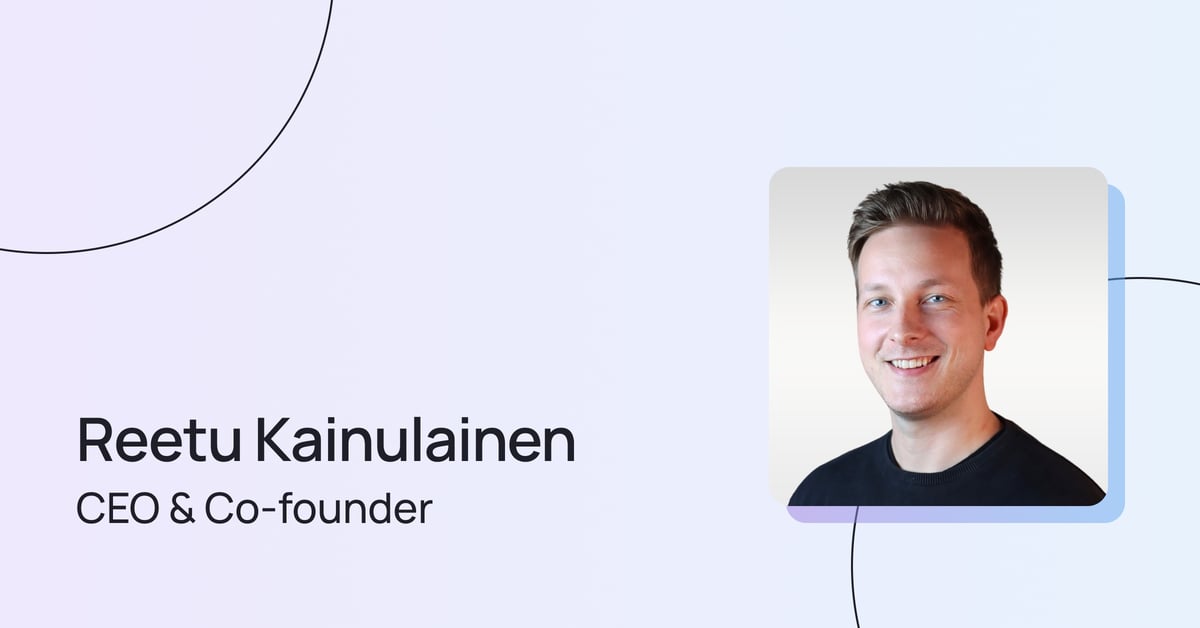So when it comes to virtual agents, it’s really easy to list the promises of like — hey we can take the burden off your agents. We can automate their admin work. And we could do this across channels and languages. But of course, the question is how. Like you need to prove that somehow.
Because customer service is about conversations, we need to understand the conversations. What is the consumer wanting? What is the request here?
We use a technology called deep learning, which enables us to actually use for example your historical data to train the language model exactly for your company. Because even if you are an insurance company, you're not going to be the same insurance company as all the insurance companies. So it’s very important that we train an algorithm or an AI model, that is just for your customers and how your customers say things. And how your customers request service.
More on conversational AI
Once we understand what the customer wants, we need to be able to then map out the resolutions. We need to understand, what does an agent need to do to be able to handle that case? If you can't provide an automated response, then you fail. That’s not the goal. The goal is to provide value when we can and the rest of the time make sure that the agent or somebody else provides the value.
Failure Mode: Ensuring success by designing for failure
Maybe I’m just a pragmatic Finn, but I like to actually design for failure. So I’m always thinking, how can we make the solution in a way that if we can’t provide the answer, if there’s an issue, how can we make sure that the user or the consumer still gets the right to get the resolution that they want?
There’re a few things that are important.
First, the solution is connected to your existing customers service solution, let’s say Zendesk — so that the customer journey is not disrupted. If we don’t understand or if we can’t provide the answer, we need to then be able to make sure, kind of be the concierge, and help the customer to get the right agents or guide them to the right resolution.
You can actually really often launch the solution without interacting with the consumer. We only help the agents that we are kind of listening to the one on one conversation the agent is having. Then we try to understand what are the requests and then provide recommendations for the agent. Here’s the things you could say in this particular case. And then we can monitor the agent to see if the agent is actually using those recommendations and sending them or how much they're modifying them. That gives us a nice amount of time and data to see if the solution is ready for automation, but actually, meanwhile, also helping the agents.
